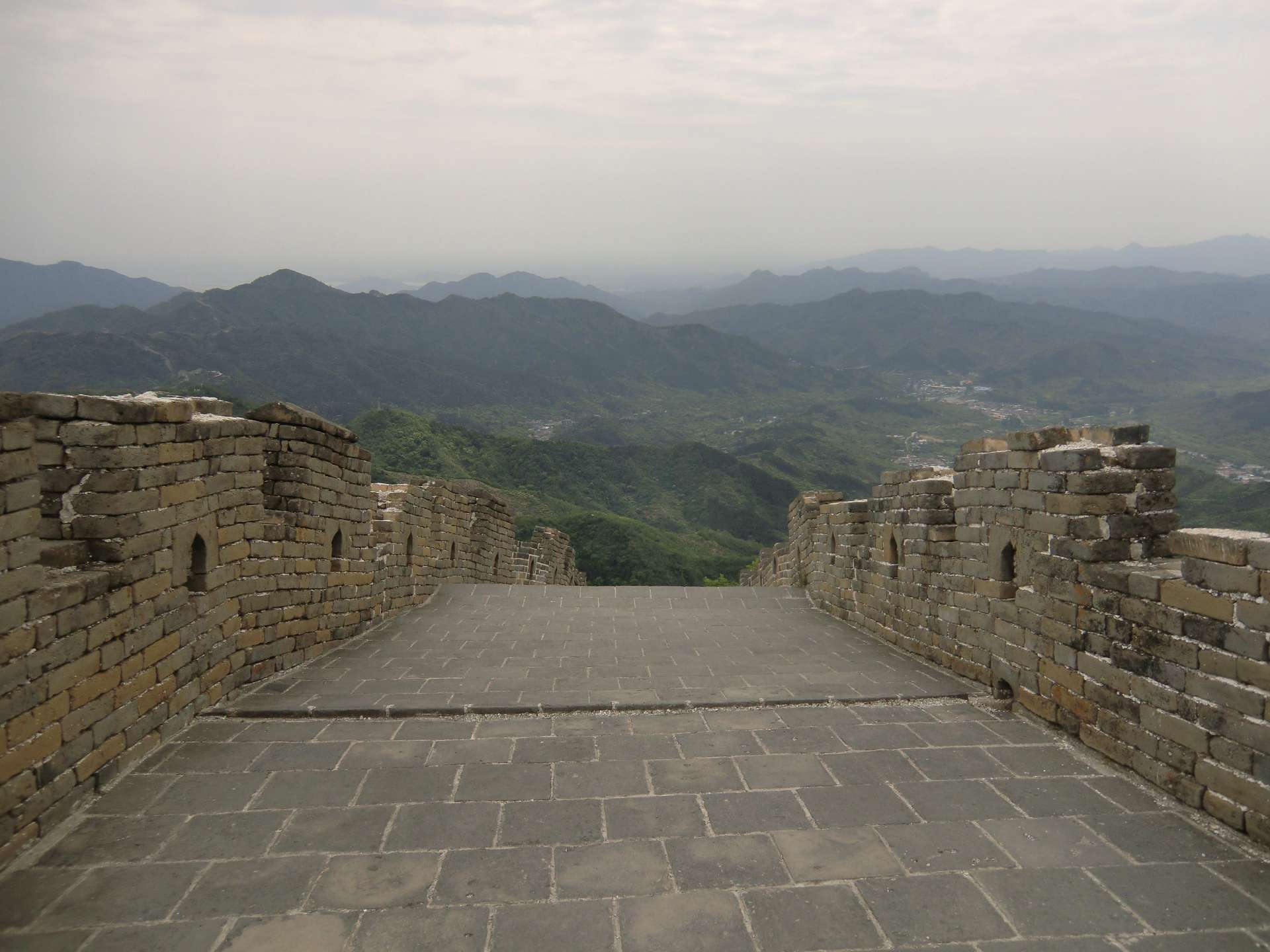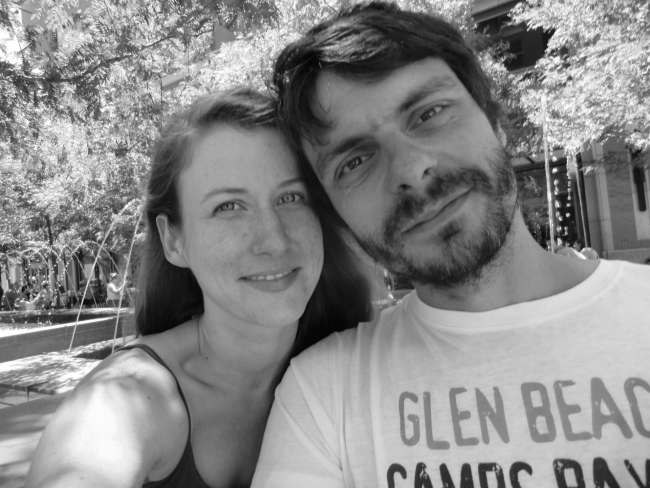Hell on Earth
Ippubblikat: 07.06.2017
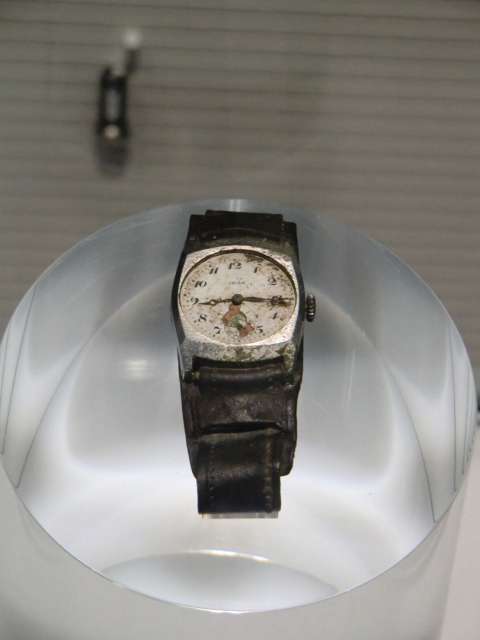
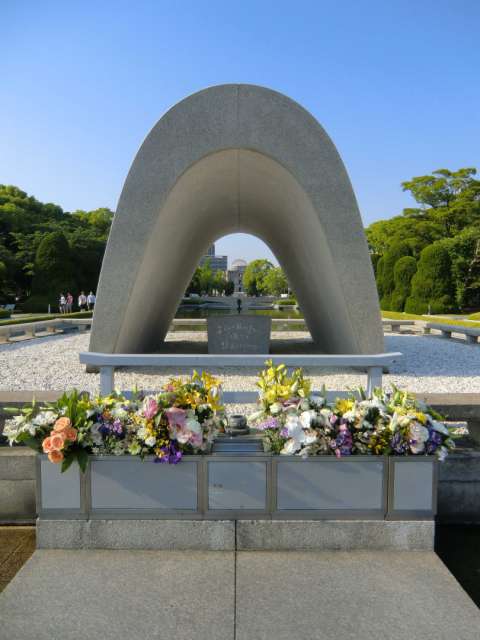
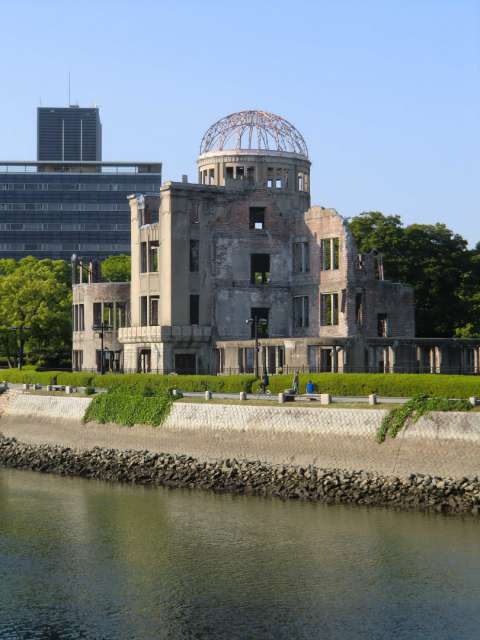
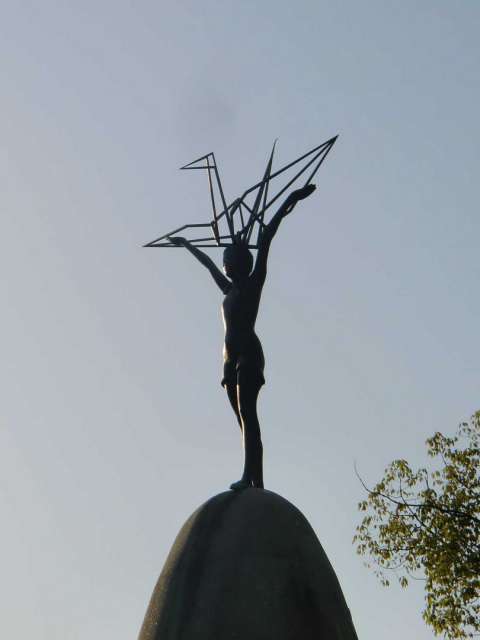

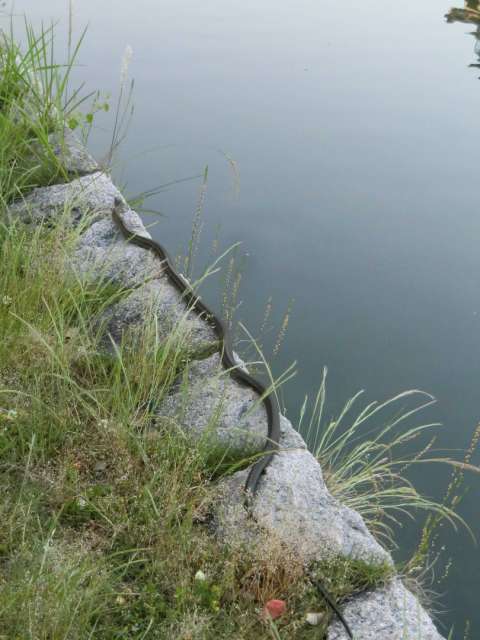
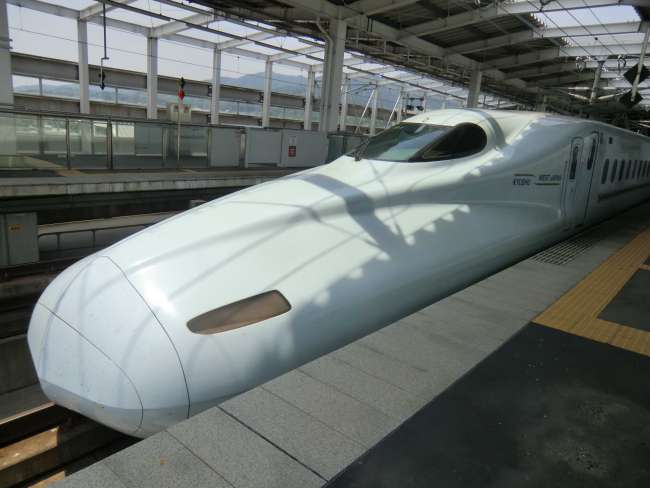
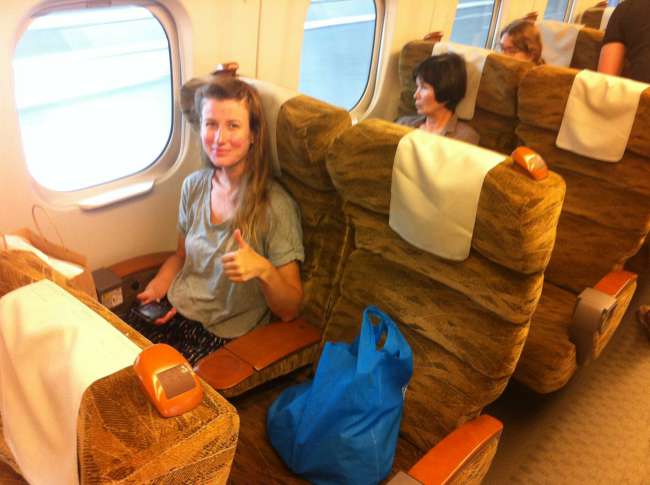
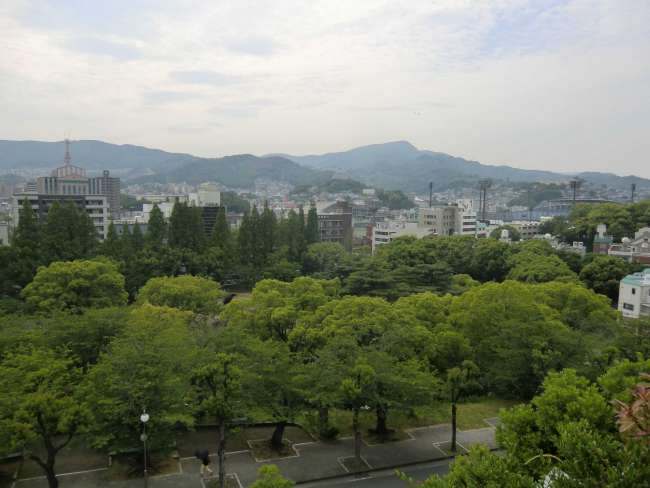
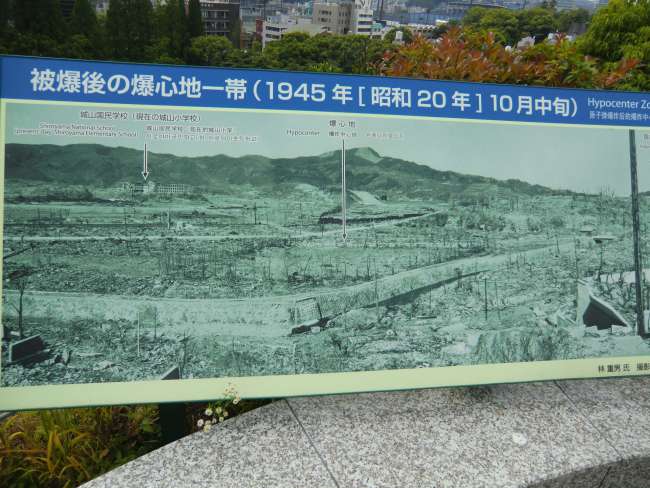
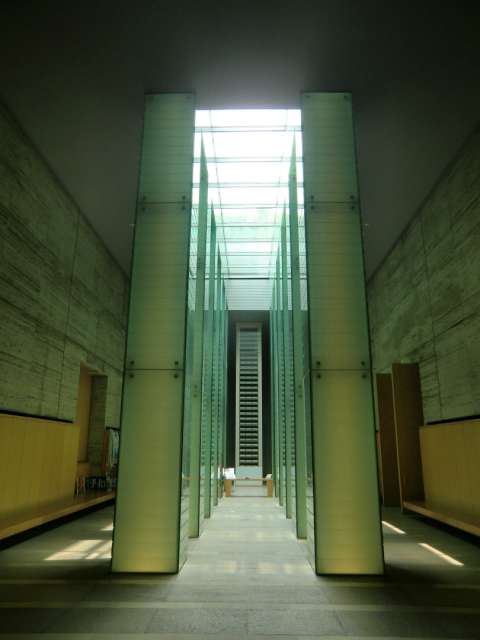
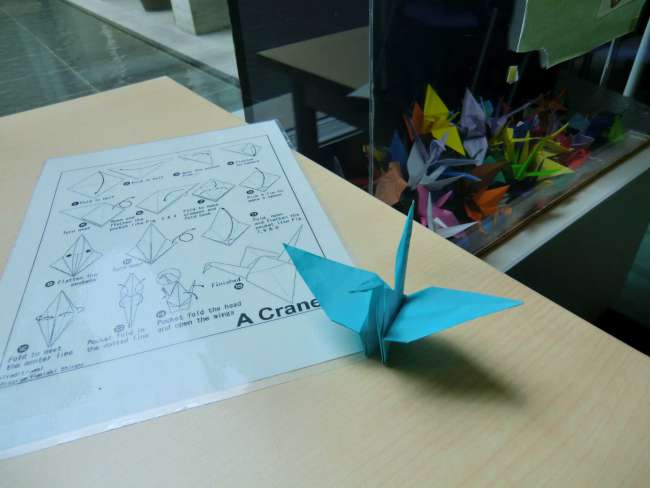
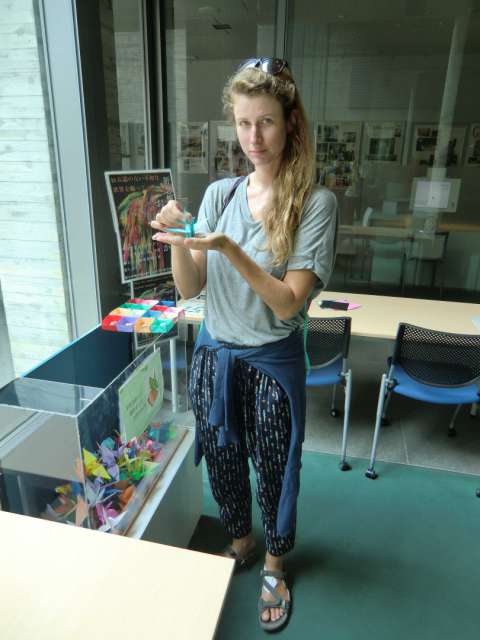
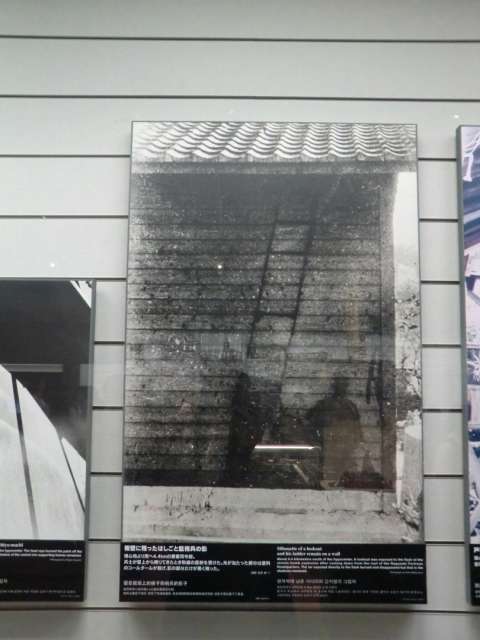
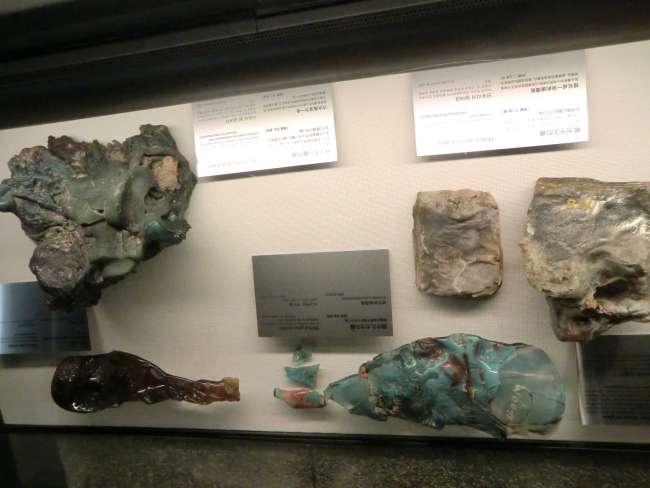
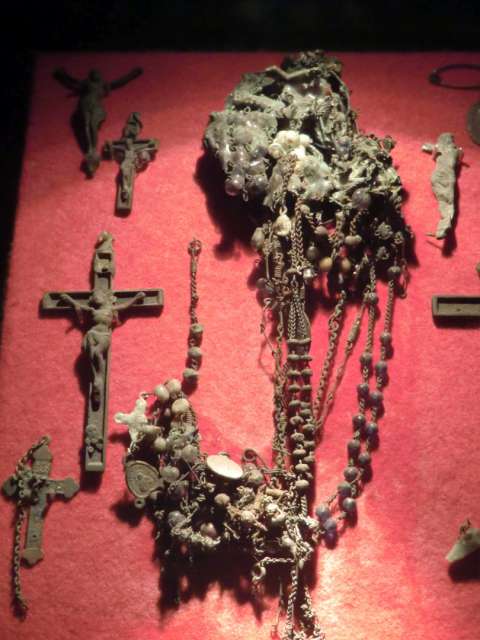
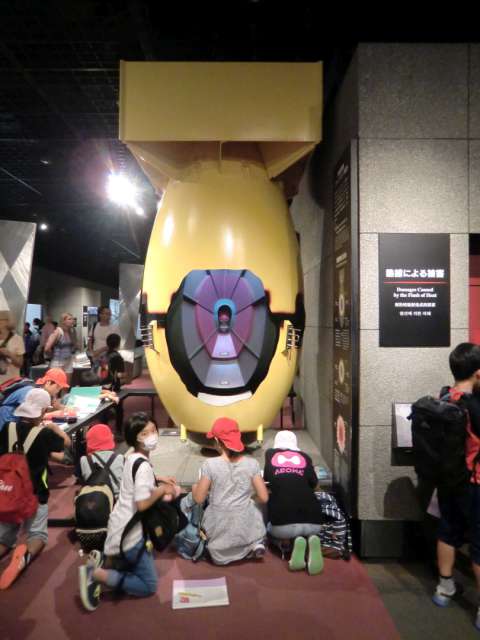
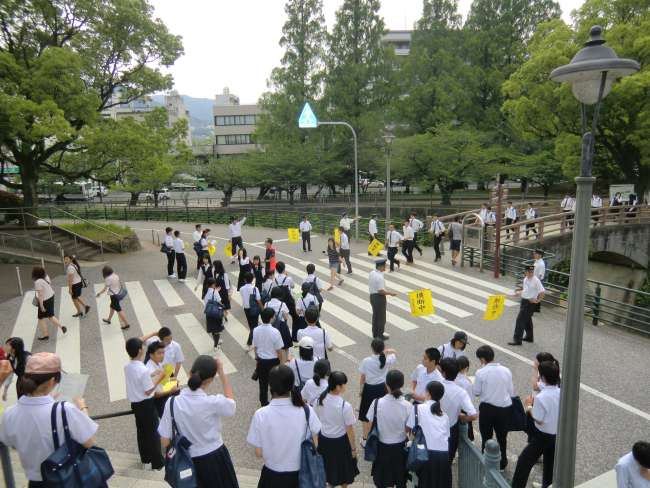
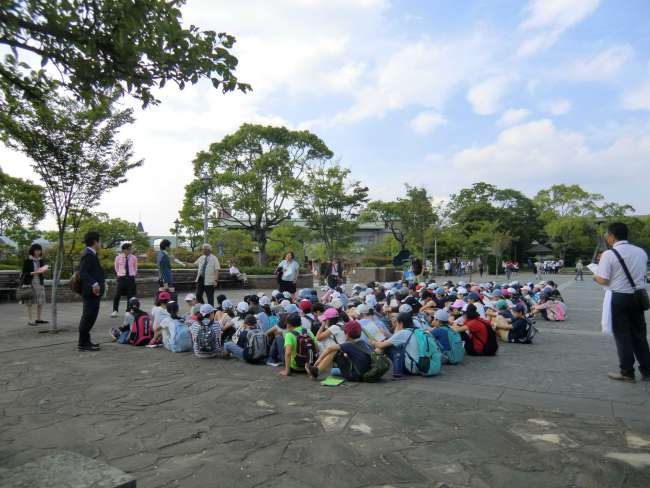
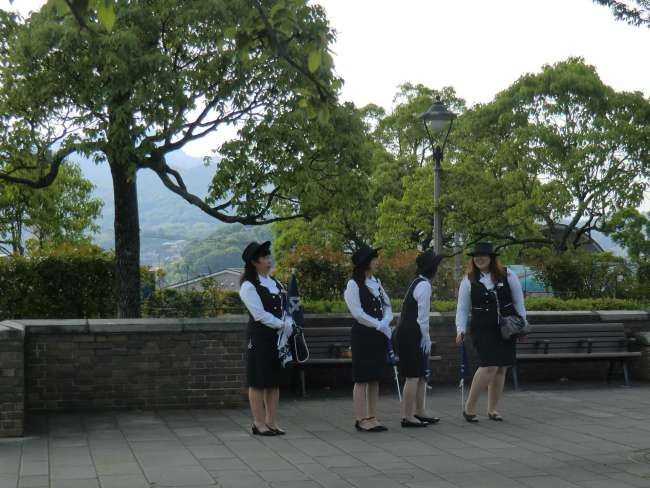
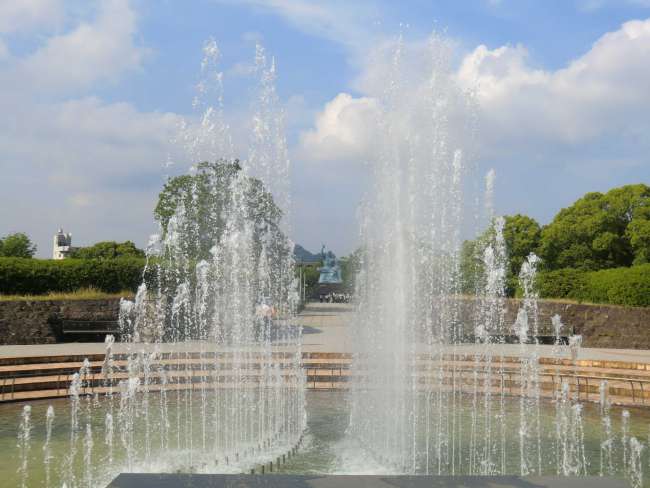
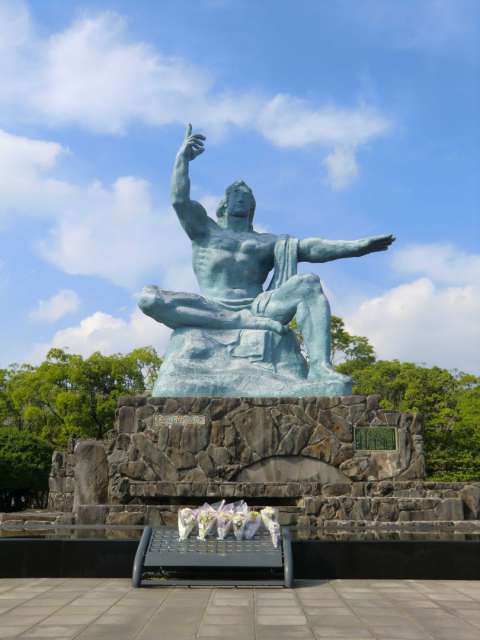
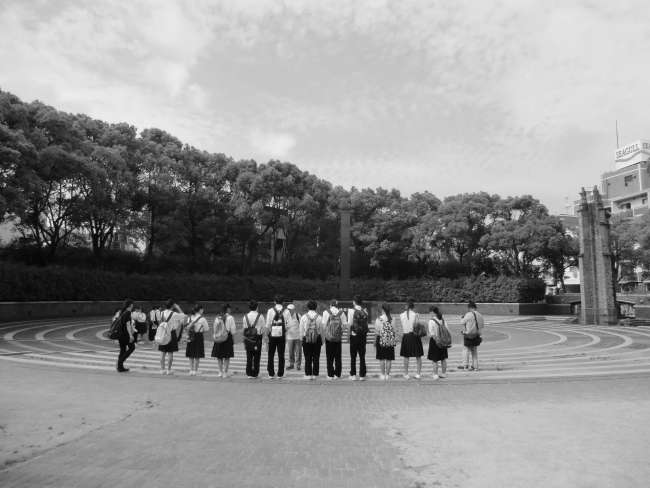
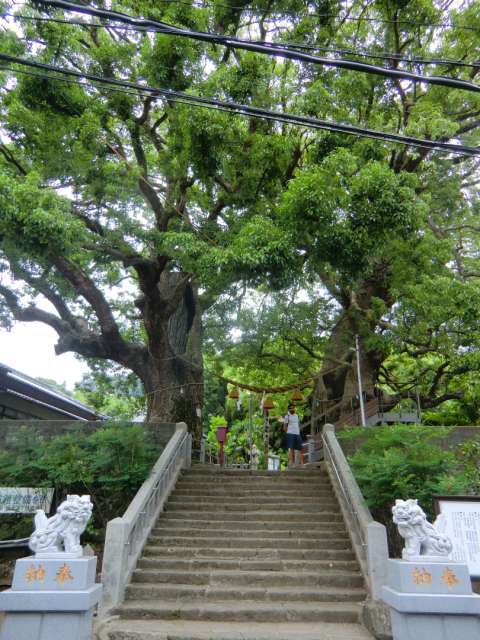
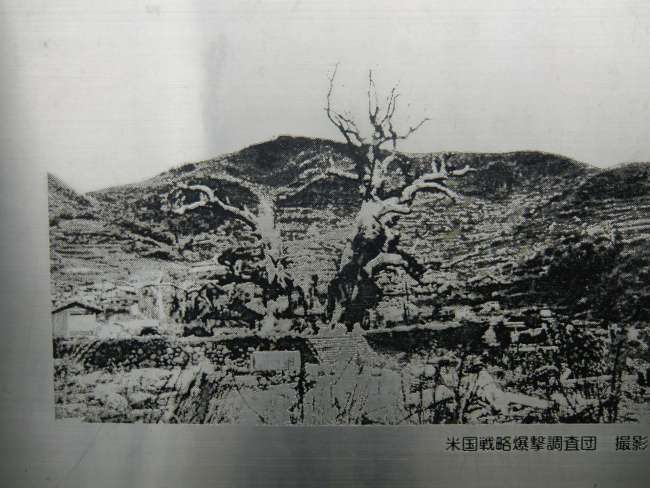
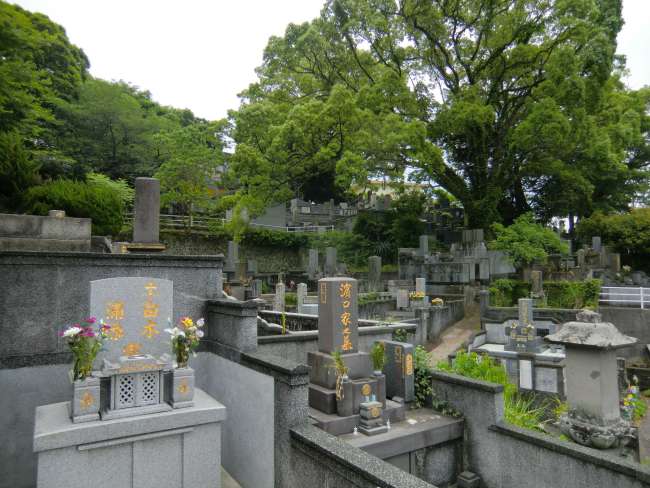
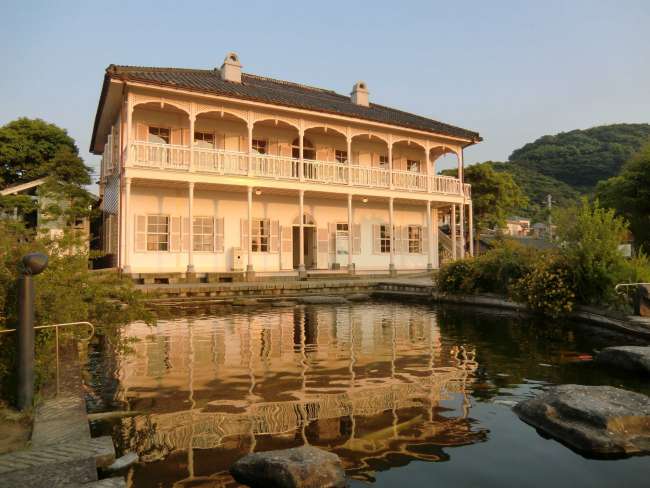
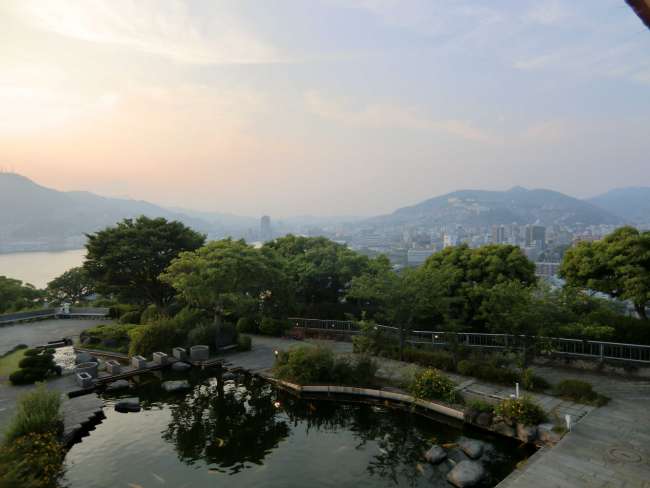
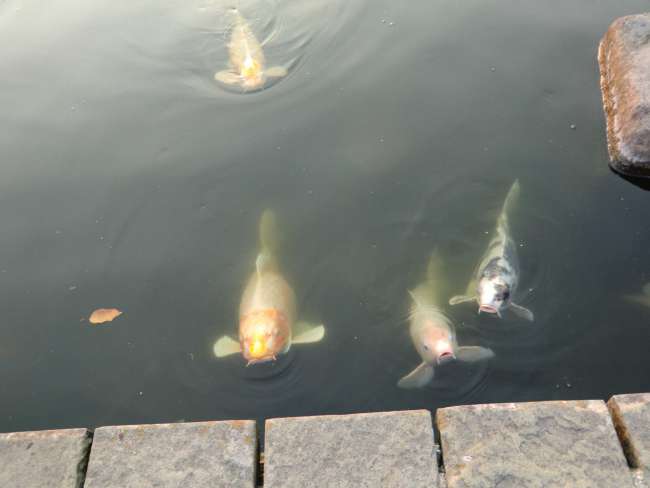
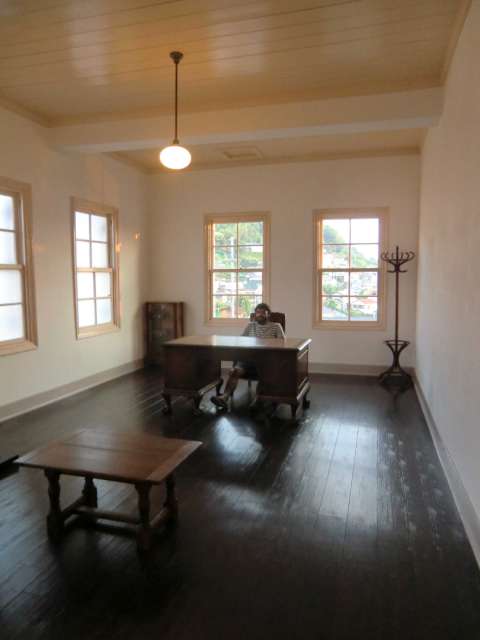
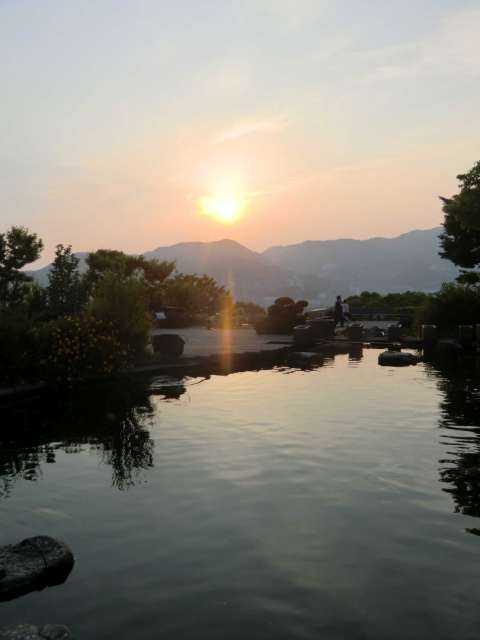
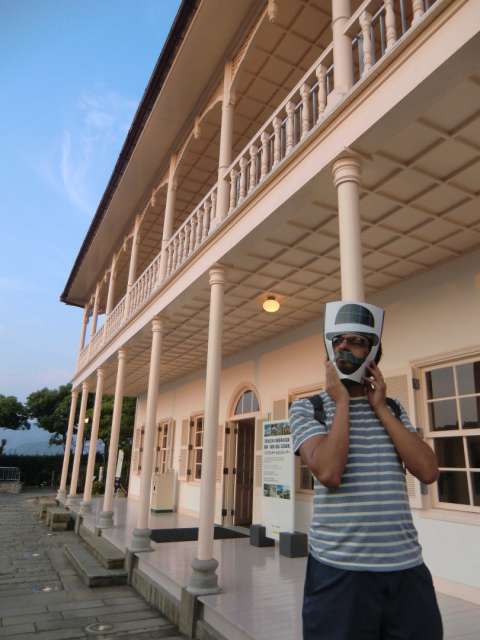
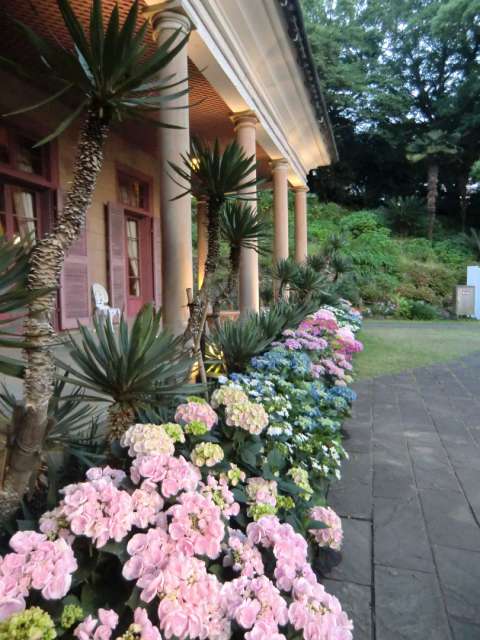
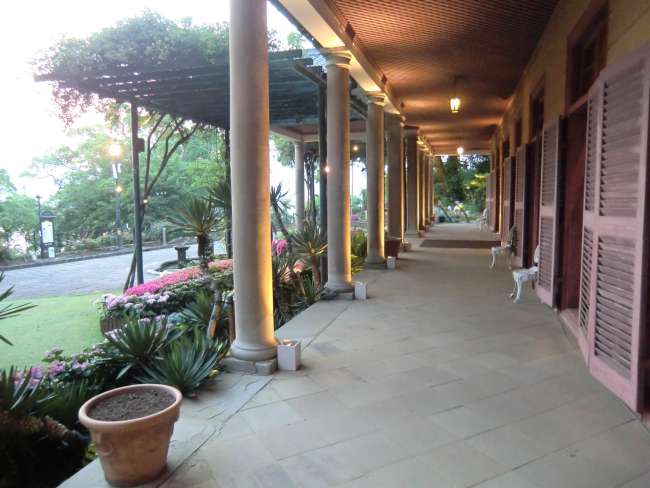
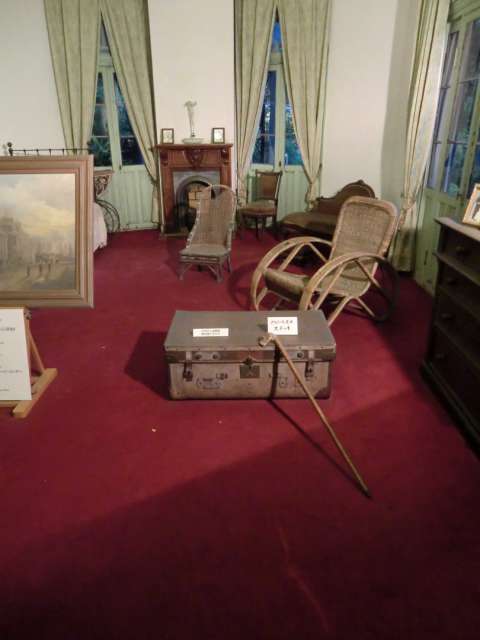
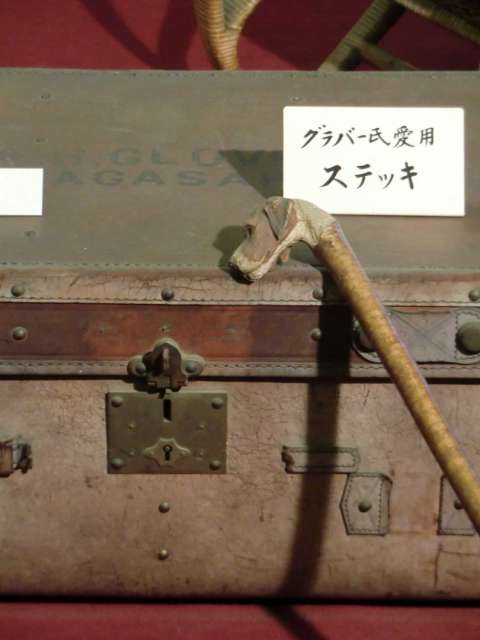
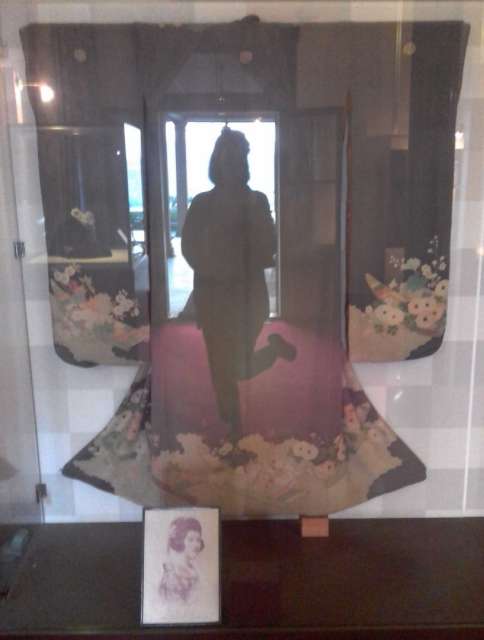
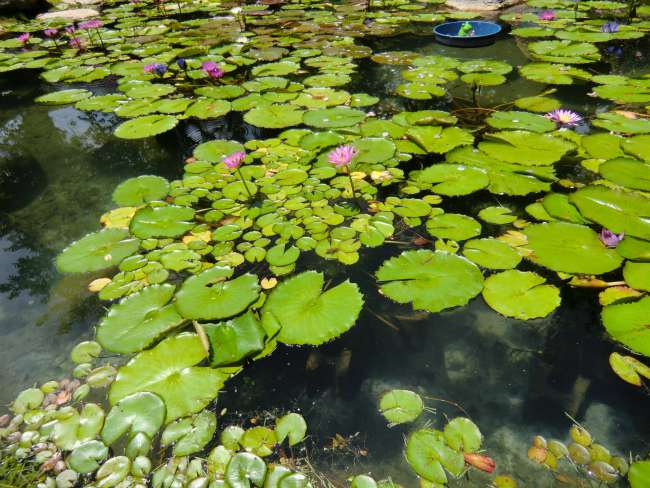
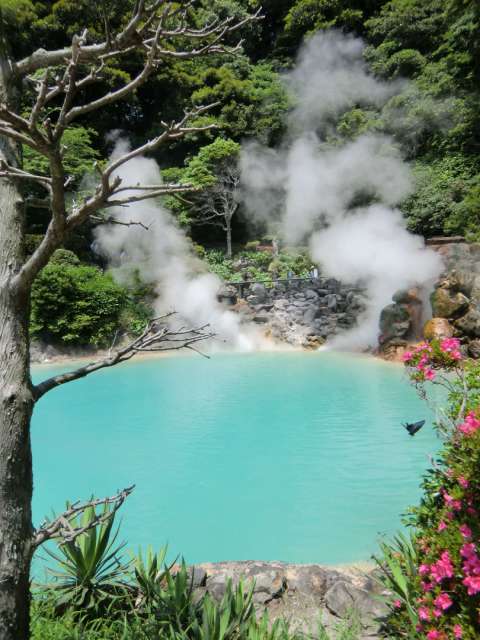
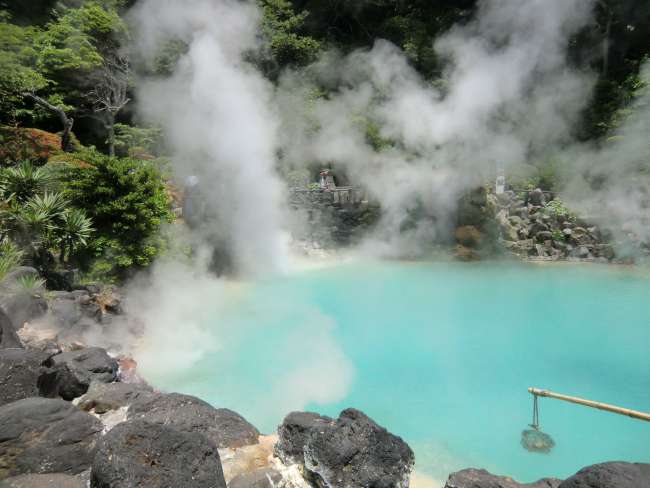
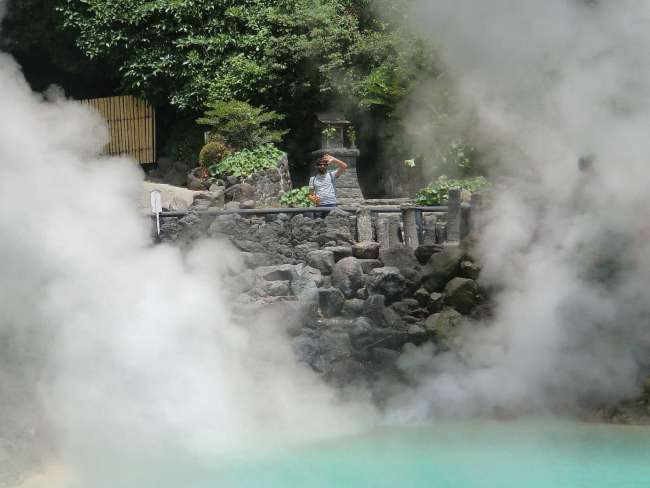
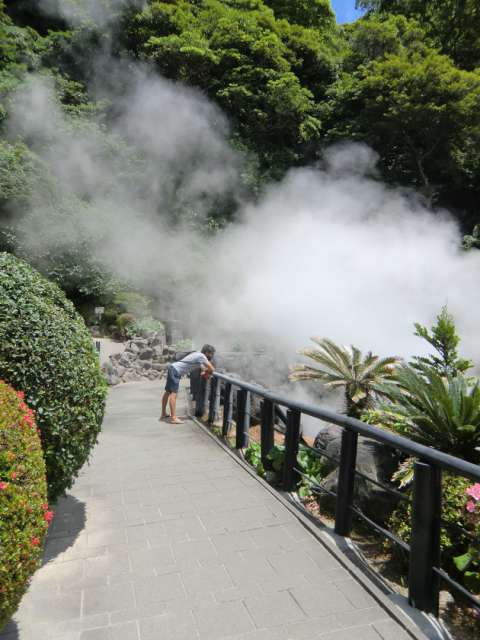
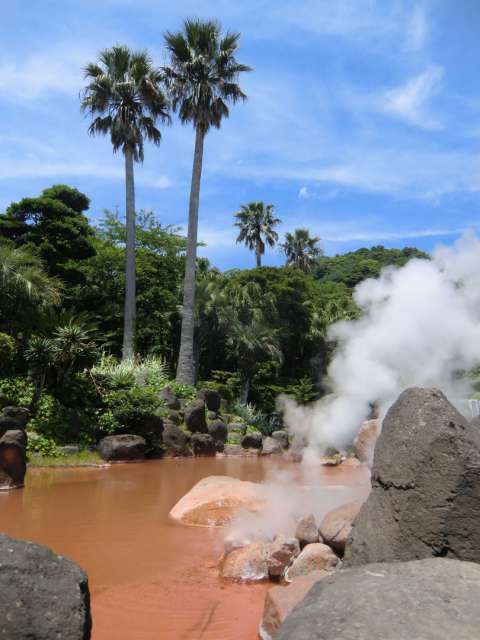
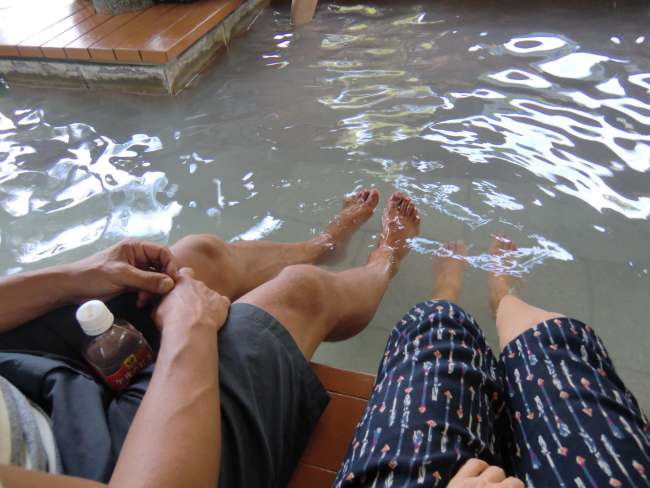
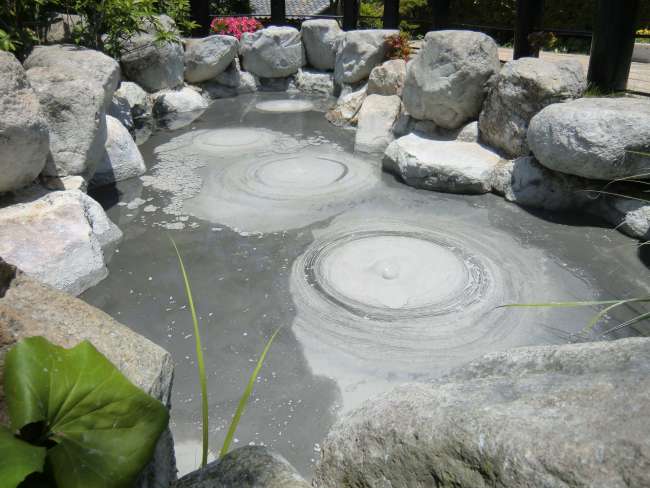
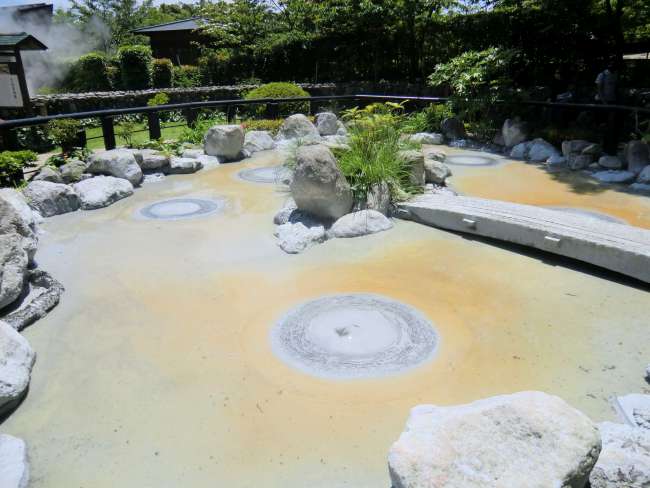
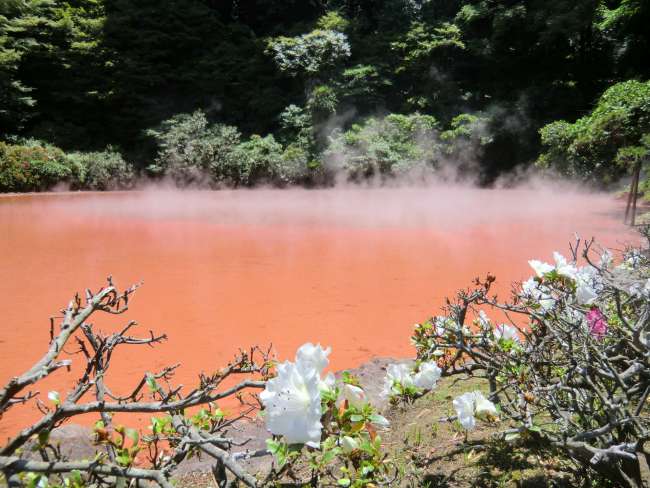
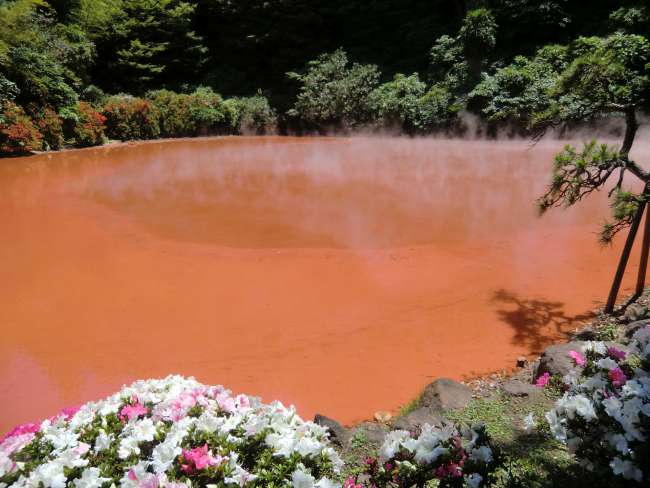
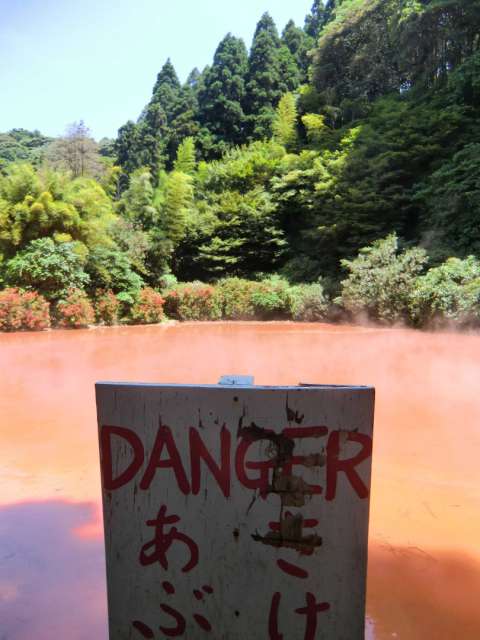
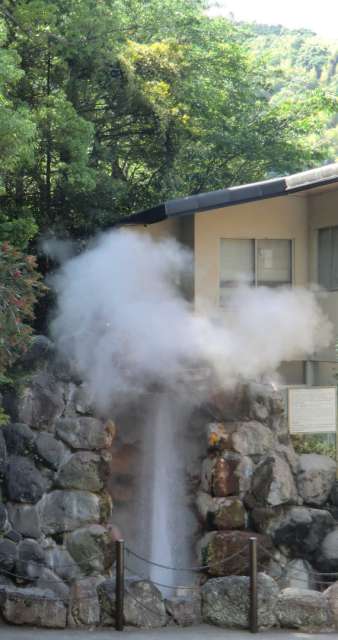
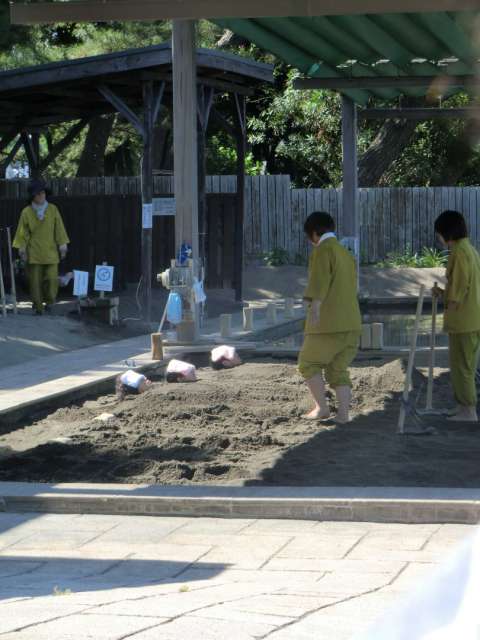
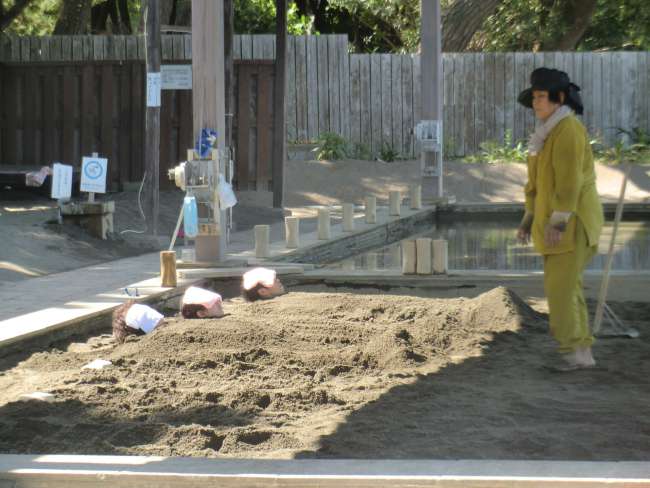
Abbona għan-Newsletter
On our way south, we visited the Japanese city that everyone knows - Hiroshima. It is the epitome of the fact that humanity definitively opened Pandora's box on August 6, 1945 at 8:15 a.m. with the detonation of the first atomic bomb at an altitude of 600 meters above the city. Milliseconds later, temperatures on the ground reached 4000°C and a pressure shock wave at more than double the speed of a typhoon. Tens of thousands of people died instantly, many more in the following months and years. The bomb exploded directly above the banking district, which, like the surrounding area, was practically pulverized. The city still revolves around this day and its consequences. There are very impressive museums that depict and try to explain the catastrophe. Furthermore, there is a large Peace Park at the former hypocenter of the explosion, with many monuments and memorial plaques about individual fates. A testament to the past is the ruin of the former Chamber of Commerce and Industry, which was located directly below the hypocenter and remains unchanged. Impressive and unimaginable. Otherwise, the city has been completely rebuilt, very modern with plenty of space for wide streets and parks, making it very attractive.
Afterwards, we also visited Nagasaki, the place where three days later in 1945, a second atomic bomb with the unimaginable power of 21,000 tons (!) of TNT was detonated. Here too, there are parks, museums, and memorial sites on this topic. Remarkably, many school classes visit these places for enlightenment, although many representations in the museums are heartbreaking. Various objects, clothing, and personal belongings of the victims can be seen. Many pictures are very touching, images that show destruction and suffering, but also images of the direct consequences of the detonation. For example, a photo of a person next to a ladder that served as a "heat shield" at the moment of the explosion. The wall behind it was less burned in the area of the "shadow", and nothing remained of the ladder and the person.
Nagasaki has also been completely rebuilt but offers little that is exciting. We found a park near the old Dutch port interesting. It is located on a hill and many old English and Dutch colonial houses from Nagasaki and the surrounding area have been collected here. The Japanese are into such old European stuff 😉 ... but it was really nice to look at."
After visiting these two historically significant cities, we traveled to the current "hells on earth", to Beppu, the largest hot spring resort in Japan. Here, the earth spits out steam, mud, and boiling hot water due to the geothermal activity of the whole area. Okay, it's not Yellowstone, even though it smells the same, and to be honest, we expected a little more after making our way through the southernmost main island of Kyushu. But we still spent two very pleasant days here, saw a lot of mud and steaming water, and walked along the seashore. In doing so, we came across a funny and probably very beneficial heat therapy form, where you wrap yourself in a kimono suit and let yourself be buried in the black sand. Only the head is sticking out in the end. 😊 So the Japanese lie in a row for a while, nicely lined up, enjoying the warmth... It's definitely very healthy... but it also looks very funny!
Abbona għan-Newsletter
Tweġiba
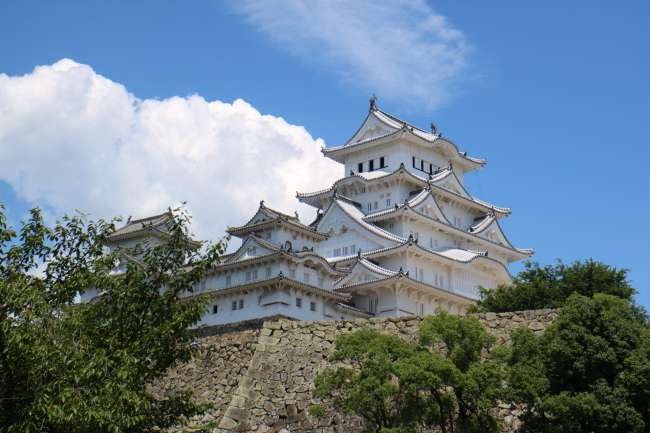
Rapporti tal-ivvjaġġar Ġappun
